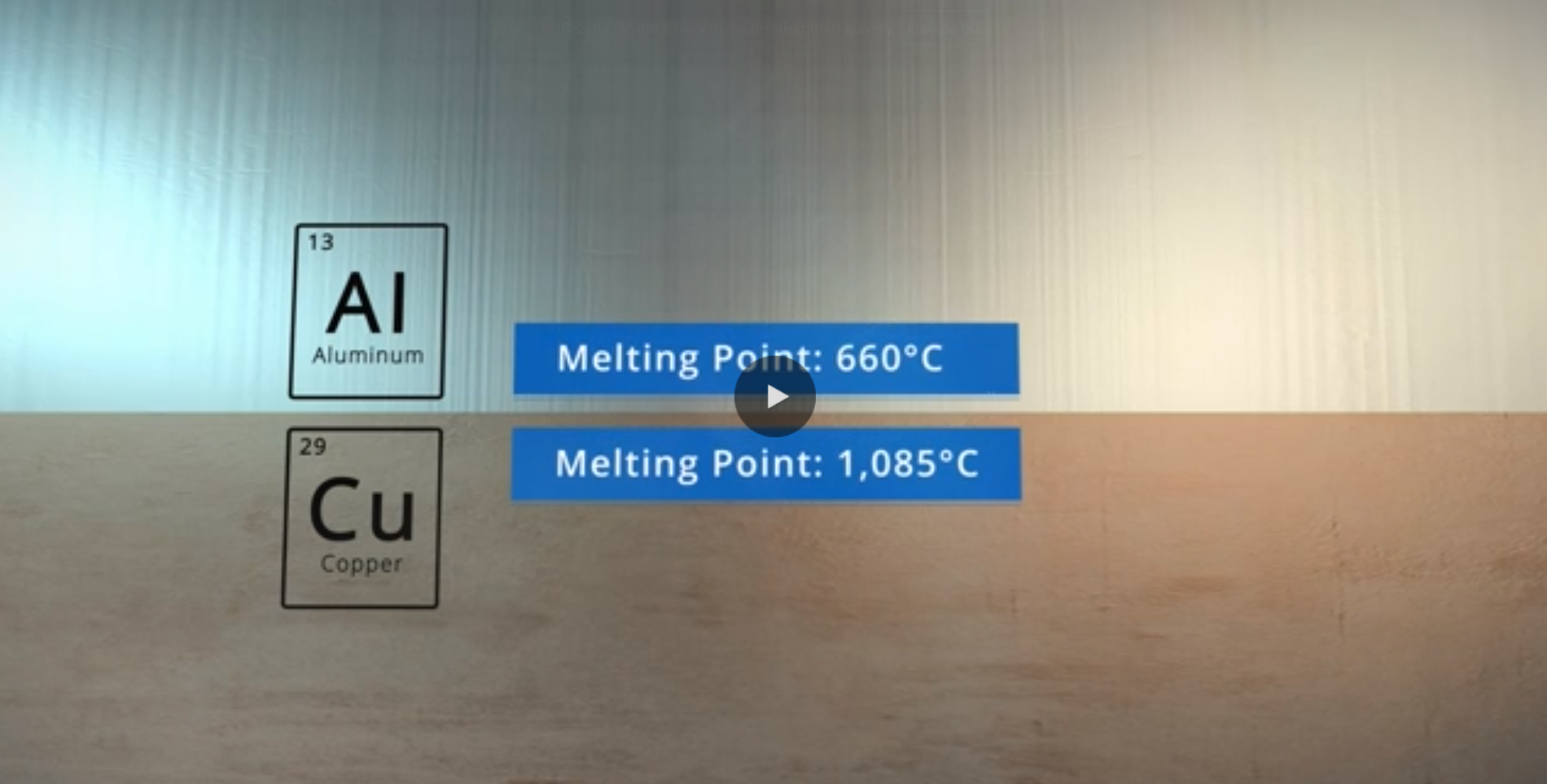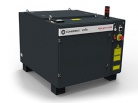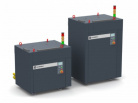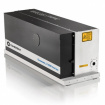Laser welding of various materials: welding of aluminium foil and copper in battery production
Battery system manufacturers require efficient, fast and reliable methods for welding thin aluminium foil and copper plates. Non-contact laser welding offers an attractive option, but has not been applicable in the past for foil thicknesses below 200 µm. This was because existing fiber laser sources could not deliver their power with the required spatial distribution. Specifically, the high power fiber laser was causing damage to the top sheet of film, while the low power fiber lasers were not achieving sufficient weld penetration. Currently, a fiber laser with an adjustable circular mode (ARM) single-mode center beam overcomes these limitations.
Process
A common task in battery module fabrication is to connect several batteries in electrical series by overlay welding a thin aluminum busbar to a thicker copper rod. Tests were conducted on welding a 0.2 mm thick aluminum plate (top) to a 1.5 mm thick copper plate (bottom). A Coherent HighLight FL4000CSM-ARM laser source with a 25 µm/170 µm process fiber (center beam/ring) and remote welding scanner optics was used for the test, producing a 3x beam magnification on the work surface. The center beam power was 500-800 W and the ring power was 1000-1200 W. The laser power was applied for 0.18-0.32 seconds. The power of the center and ring beam was controlled independently.
Results
A good quality, fully penetrating weld was achieved without damaging the thin aluminium foil (see Figure 2). No spatter was generated during the process and no additional wire was required. This positive result is due to the fact that the ARM laser stabilizes the keyhole welding depth by means of a circular beam. A single-mode center beam with high power (high energy density but low total energy) performs the actual welding without damaging the material by introducing too much heat. Finally, the independently controlled power ramp of the ring allows controlled cooling of the material, minimizing weld bath turbulence and eliminating spatter.
Field of application
Laser welding is suitable for welding thin films and heat sensitive materials. In addition to conventional welding, this also includes laser welding of copper foils in columns, foil to plate welding in the battery industry and welding of aluminium sheets to copper plates in busbar production.
Source.





